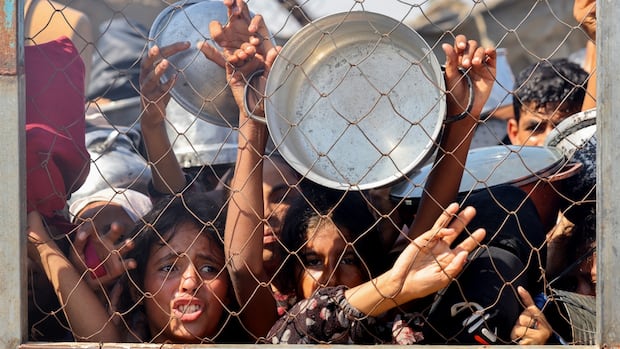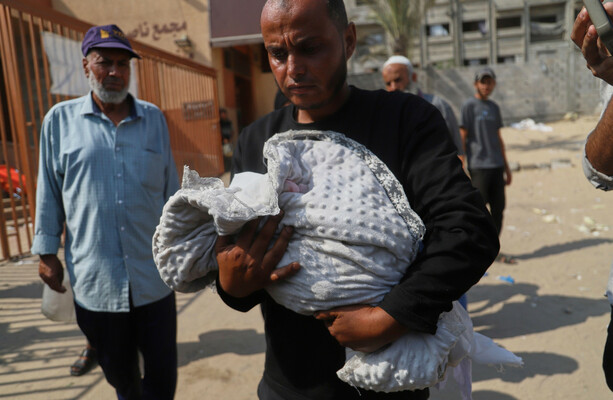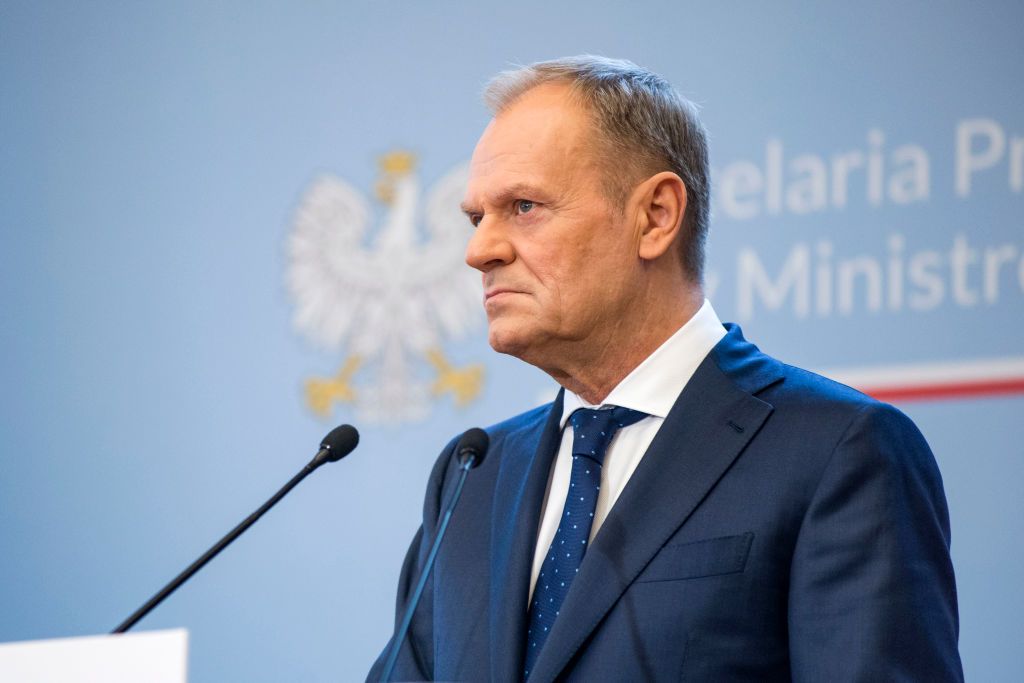Is Gaza Facing an Unimaginable Famine? The Shocking Truth Unveiled!

What if I told you that a catastrophic famine is unfolding right now in Gaza, and urgent action is needed to save lives? A global hunger monitor has raised the alarm, revealing that the consequences of inaction could lead to unimaginable suffering and death for millions.
This dire warning coincides with a chilling update from Gaza health authorities, stating that over 60,000 Palestinians have lost their lives due to the ongoing military campaign. The Integrated Food Security Phase Classification (IPC) is now considering classifying this manmade starvation crisis as a formal famine, which could increase the pressure on Israel to allow much-needed food deliveries.
As the IPC states, “Mounting evidence shows that widespread starvation, malnutrition, and disease are driving a rise in hunger-related deaths.” The situation is so severe that they are preparing to conduct a formal analysis that could officially declare Gaza as being in famine. Yet, there’s a dark cloud hanging over any potential announcement: will it actually provoke the necessary actions to ensure food reaches the 2.1 million residents of Gaza who are in desperate need?
In a heart-wrenching statement, Sana Bég, executive director of Doctors Without Borders Canada, described the limited aid entering Gaza as a mere “trickle” in a “vast ocean of needs.” The International Rescue Committee (IRC) further emphasized the urgency of the situation, calling for Gaza to be “flooded with aid” as their on-the-ground teams are struggling to operate under dire conditions.
Ciarán Donnelly, senior VP of crisis response for the IRC, shared that a formal famine declaration often means that the worst conditions have already been present for a significant period. This is a situation that should raise alarm bells everywhere.
Currently, the World Food Program (WFP) reports that nearly 470,000 people in Gaza are experiencing famine-like conditions. Tragically, at least 147 individuals have succumbed to hunger, including 88 children. These heartbreaking statistics reflect the dire reality and the urgent call for action.
Images of malnourished children have sparked widespread outrage globally, prompting international criticism of the Israeli government's handling of the humanitarian crisis. Prime Minister Netanyahu has claimed there is “no starvation” in Gaza, but many see through this statement as aid organizations insist that the amount of food entering Gaza falls woefully short of the bare minimum needed.
In recent days, Israel has announced limited pauses in military operations and safe corridors for humanitarian aid, but the IPC warns that 62,000 tonnes of staple food are required monthly, while only a fraction has been allowed in. The dire statistics illustrate the stark contrast between the need and the actual aid being delivered.
Israel's Foreign Minister Gideon Saar acknowledges the difficult conditions in Gaza but refutes claims of widespread starvation, asserting that aid trucks have been entering the region. However, the IPC's findings paint a grim picture, indicating that formal famine thresholds have already been reached in many areas.
As the international community watches, the IPC is pleading for immediate action to halt hostilities and allow large-scale humanitarian responses. Their words resonate with urgency: “This is the only path to stopping further deaths and catastrophic human suffering.”
As we look back at history, it’s important to note that when famines are formally declared, it’s often tragically too late. David Miliband of the International Rescue Committee pointed out the disastrous implications of delayed action, referencing the grim aftermath of the 2011 Somalia famine, which took the lives of countless individuals long before the international community responded.
The humanitarian crisis in Gaza has been escalating since the outbreak of conflict on October 7, 2023, following a deadly attack by Hamas that resulted in extensive casualties and hostages taken. With nearly 88% of Gaza now under evacuation orders and the situation described as a manmade famine, the haunting images of suffering children serve as a painful reminder of the urgent need for a collective response to this humanitarian disaster.
















